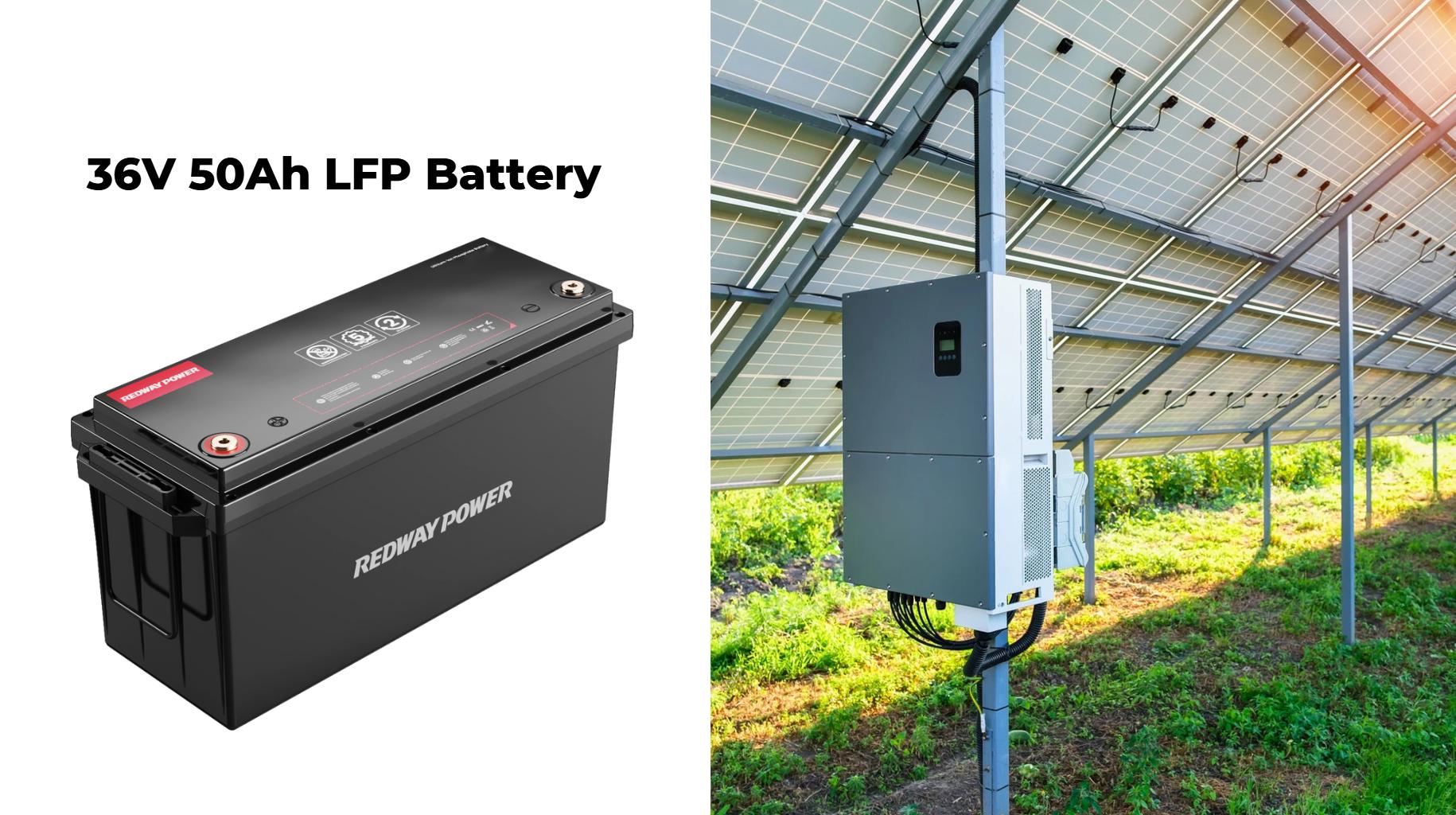Charging a 36V battery without the original charger can be challenging, but there are effective methods to do so safely. These batteries are commonly used in electric bikes, scooters, and various power tools. Understanding how to charge them properly is crucial for maintaining performance and longevity.
Importance of Proper Charging Techniques
Using the correct charging method is vital for lithium batteries, including 36V systems, as improper charging can lead to overheating, reduced lifespan, or even battery failure. Lithium batteries require specific voltage and current settings to charge effectively without causing damage.
Methods to Charge a 36V Battery Without a Charger
Using a Power Supply
Wholesale lithium golf cart batteries with 10-year life? Check here.
One of the most straightforward methods to charge a 36V battery without its designated charger is by using an adjustable power supply:
- Select the Right Power Supply: Ensure that the power supply can output at least 42V, which is typically required for charging a 36V lithium battery.
- Connect Correctly: Connect the positive terminal of the power supply to the positive terminal of the battery and the negative terminal to the negative terminal.
- Set Voltage and Current: Adjust the power supply to deliver approximately 42V and monitor the current flow.
| Component | Specification |
|---|---|
| Output Voltage | 42V |
| Current Rating | Adjustable (based on battery capacity) |
DIY Charging Solutions
Want OEM lithium forklift batteries at wholesale prices? Check here.
If you don’t have access to a power supply, you can create a DIY charging solution using compatible batteries or chargers:
- Use Multiple Batteries: If you have three 12V batteries, connect them in series to create a 36V system.
- Charging with Solar Panels: If you have solar panels, use a solar charge controller designed for lithium batteries to charge your 36V battery directly.
| Method | Description |
|---|---|
| Series Connection | Connect three 12V batteries in series |
| Solar Charging | Use solar panels with appropriate controller |
Safety Considerations
When charging any battery, especially without its designated charger, safety should be your top priority:
- Monitor Temperature: Always check the battery temperature during charging; excessive heat can indicate problems.
- Use Proper Connectors: Ensure all connections are secure to prevent short circuits.
- Avoid Overcharging: Monitor voltage levels closely; do not exceed recommended voltages.
Common Issues and Troubleshooting
Charging a 36V battery without its charger may lead to several common issues:
- Battery Not Charging: Ensure connections are secure and that the power supply is functioning correctly.
- Overheating: If the battery becomes too hot during charging, disconnect it immediately and allow it to cool.
- Voltage Drops: If voltage drops significantly during charging, it may indicate that the battery is damaged or has reached end-of-life.
Recommendations for Best Practices
To ensure safe and effective charging of your 36V battery:
- Use Compatible Equipment: Always use chargers or power supplies that match the specifications required for lithium batteries.
- Regular Monitoring: Keep an eye on voltage levels and temperature during charging sessions.
- Consult Manufacturer Guidelines: Refer to any available documentation from the manufacturer regarding charging practices.
Latest News in Battery Technology
Recent advancements in battery technology focus on improving efficiency and safety features in lithium batteries, including better thermal management systems that prevent overheating during charging. Companies are also exploring sustainable materials for battery production, aiming for environmentally friendly solutions while enhancing performance.
Redway Expert Comment
“Charging a 36V lithium battery without its dedicated charger can be done safely with proper knowledge and equipment. Always prioritize safety by monitoring temperature and voltage levels throughout the process.” – Battery Technology Specialist
Frequently Asked Questions (FAQs)
Can I charge my 36V lithium battery with a regular charger?
No, using an incompatible charger can damage the battery; always use one designed specifically for lithium batteries.
How do I know if my battery is charged?
Monitor the voltage; a fully charged lithium battery typically reads around 42V.
Is it safe to use DIY methods for charging?
Yes, but ensure you understand the risks involved and use proper equipment.
What should I do if my battery overheats while charging?
Disconnect it immediately and allow it to cool down before attempting to charge again.
Know more:
how to charge a 36v lithium battery
how to charge 36v battery without charger






